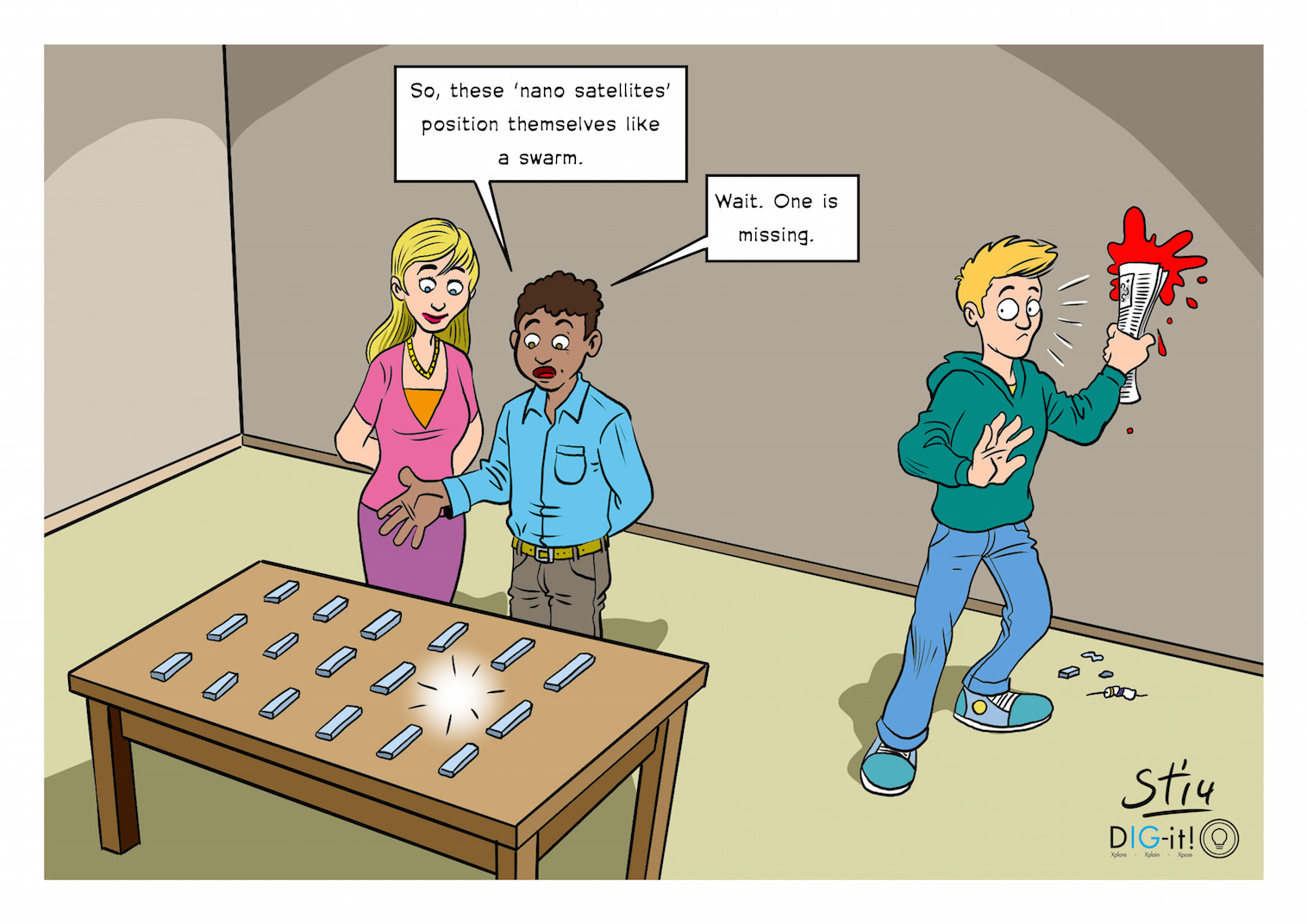The TU Delft Nanosatellite program
Themes: Software technology & Intelligent systems, Robotics

Validation

A TRL is a measure to indicate the matureness of a developing technology. When an innovative idea is discovered it is often not directly suitable for application. Usually such novel idea is subjected to further experimentation, testing and prototyping before it can be implemented. The image below shows how to read TRL’s to categorise the innovative ideas.
Why?
To provide experimental evidence of the robustness of nanosatellites and nanosatellites swarms in space. Nanosatellite swarms will enable real-time global earth observation systems and large area scientific instruments like OLFAR, a LF radio telescope based on a swarm of nanosatellites in moon orbit.
How?
The research focuses on the realisation of highly miniaturised space systems based on modern main stream technologies, validate them in space by pursuing a regular launch scheme.
When?
The research has led to the startup of already 3 and added new business opportunities in the space industry for several other companies and is as such already a considerable impact on the market and society. The TU Delft satellites Delfi-C3 (launched in 2008) and Delfi-n3Xt (2013) have had a large impact on both research and education.
Dr. ir. Chris Verhoeven
